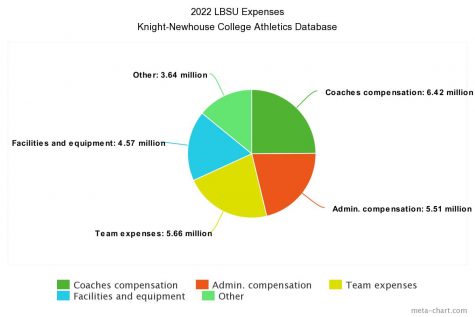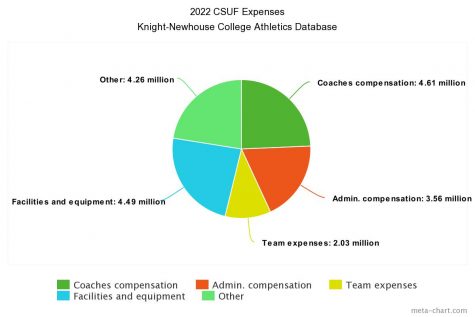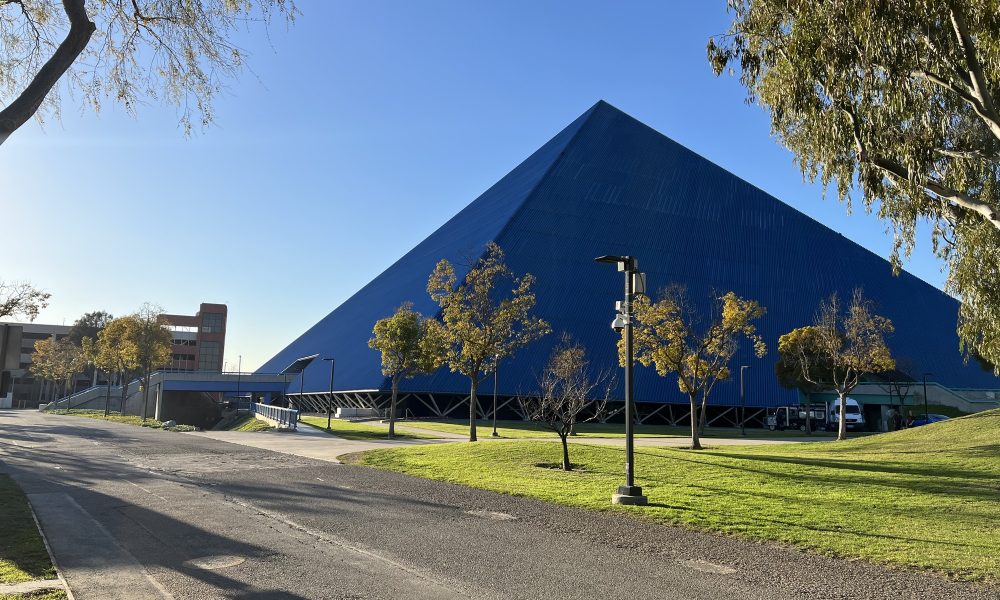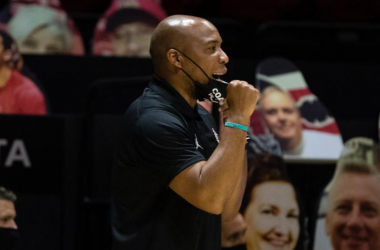America commercializes its college sports like no other country in the world, with some of the top-earning universities raking in hundreds of millions of dollars. For smaller universities like LBSU, the profit margins are a tad smaller, to say the least. So, what’s the difference?
To start, in 2022, the Knight-Newhouse College Athletics Database reported that the LBSU athletic department earned around $22 million in revenue.

While that may sound like a sizeable amount, when stacked up against other universities’ revenues, that number pales in comparison.
Take San Diego State, for example. Per the Knight-Newhouse College Athletics Database, the university totaled around $66 million in earnings while operating under the same state parameters as LBSU in 2022. This stark contrast can largely be attributed to the SDSU football team.

As a direct byproduct, the university brought in $4.79 million more in ticket sales and $7.11 million more in NCAA distributions and media rights deals than LBSU.
The true value of SDSU athletics, however, comes in the form of donor contributions. The university accrued around $20 million in donations, while LBSU managed only $1.39 million.
This disparity is what forces the LBSU athletic department to work frugally with the budget it is given.
“The athletic budget is made up of several pots,” said Sean Ferrera, the LBSU senior associate athletic director for external relations. “One of the biggest pots is student fees and support, another piece is ticket revenue, another piece is donations and fundraising, and another piece is state support.”
This is one of the main reasons why the university’s athletic budget can’t possibly be as large as other more expensive universities. With student fees making up a large portion of the budget despite totaling only $4.24 million, there just isn’t enough money to allow for lavish spending.
“Our budget is one of the smaller budgets in college athletics,” Ferrera said. “We’re in the lower 15th percentile of college athletic departments in the country as far as budgets go.”
This means that the budget allocation process must be looked at with more scrutiny, especially considering that LBSU athletic expenses totaled $25.8 million and created a $4.37 million deficit.

Coaches and administration compensation make up nearly half of the athletic department’s expenses, totaling $11.93 million.
When compared to Cal State Fullerton, which spent only $8.17 million in the same division and had a surplus in 2022, it is clear that this cost plays a large role in the LBSU deficit.

However, more money for better coaching has evidenced itself in LBSU’s superior athletics.
With six national championships across 19 sports, most recently in 2019, the athletic department’s willingness to spend on quality has paid off.
Any team-related expenses are largely covered by student fees and support. In 2022, that number totaled $5.66 million, exceeding the designated source of pay by over $1 million.
As for facility upgrades and additions, in which LBSU spent $4.57 million, the athletic department must look to its other streams of revenue.
Ferrera said that maintenance and small upgrade expenses are usually covered by state support, while any kind of larger addition is almost always privately funded.
Evaluating what needs maintenance and enhancement can be a long and difficult process, but with the arrival of new Athletic Director Bobby Smitheran, Ferrera said that process is already being changed.
As a result, it seems there is a sense of optimism throughout the athletic department.
Contributing to that optimism is that ticket revenue has reached an all-time high at LBSU in the past two years. Bringing in just over $900,000 per year makes it substantial, according to Ferrera, considering LBSU students can attend games for free.
Instead of using all of that money for athletics, the department has committed to giving some of the proceeds back to the Long Beach community.
“That is a big factor with our attendance and how we engage with our overall city of Long Beach, and even beyond, and how we get people here to have a good time and enjoy this university,” Ferrera said.
Despite all of the limiting factors LBSU faces, the athletic department has proven that a large athletics budget isn’t always the end-all-be-all and that there’s more to the story than just numbers.




